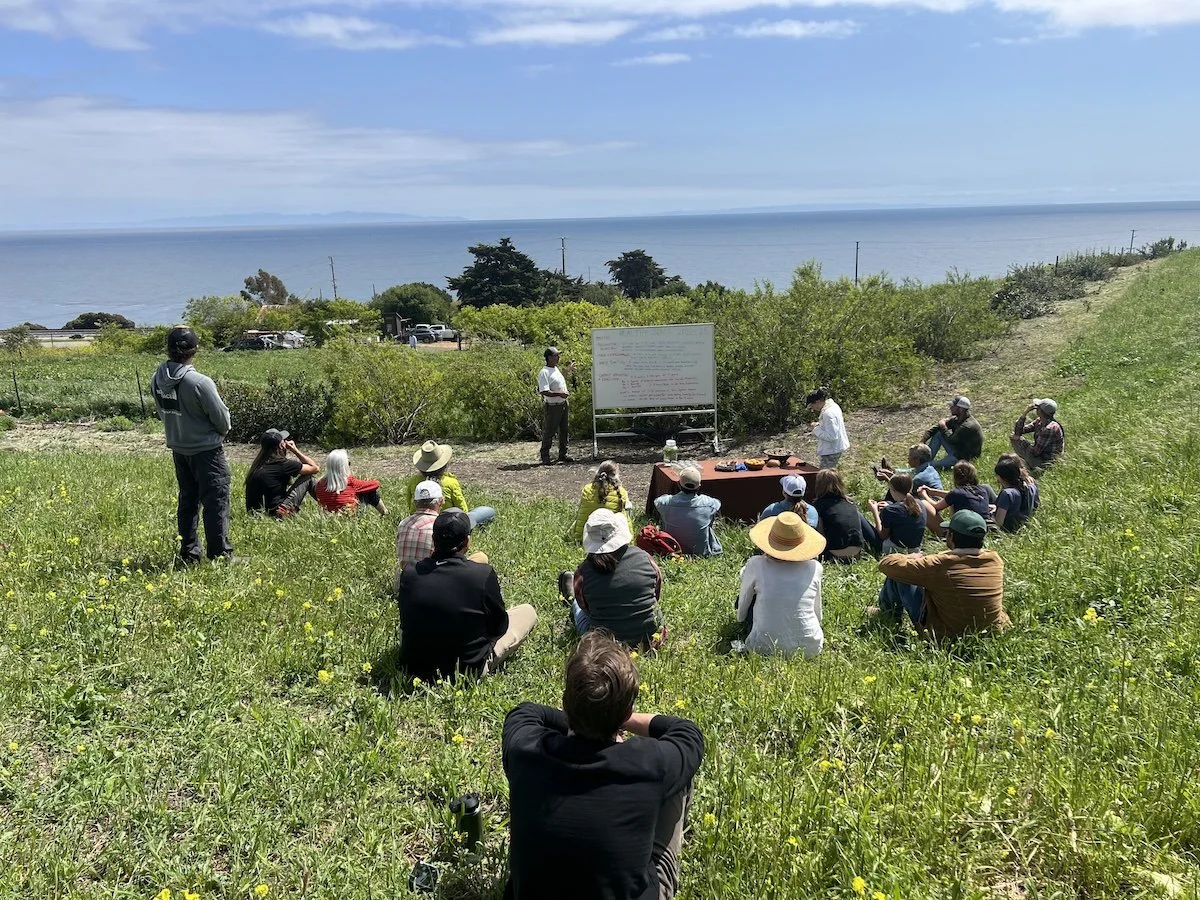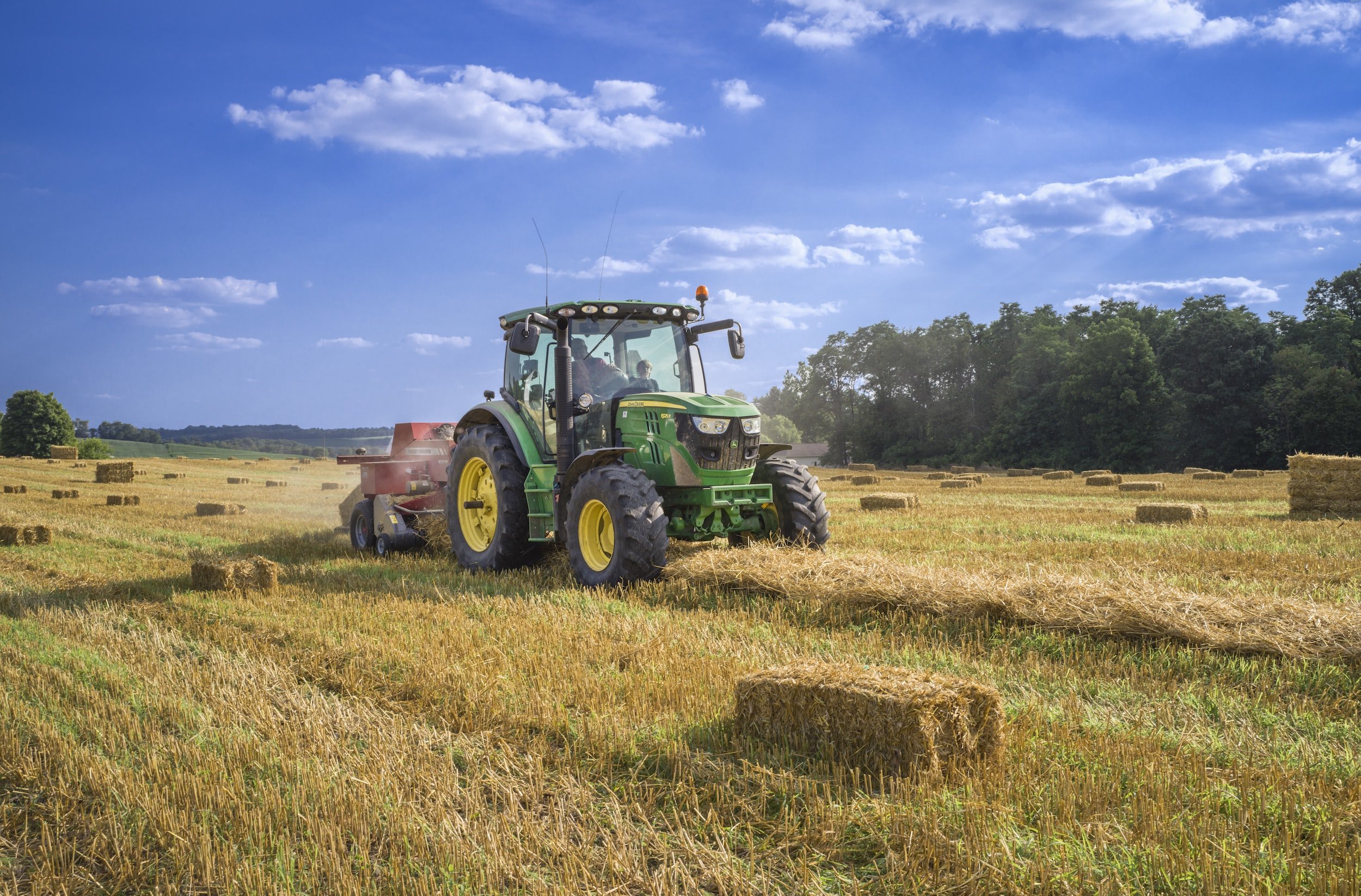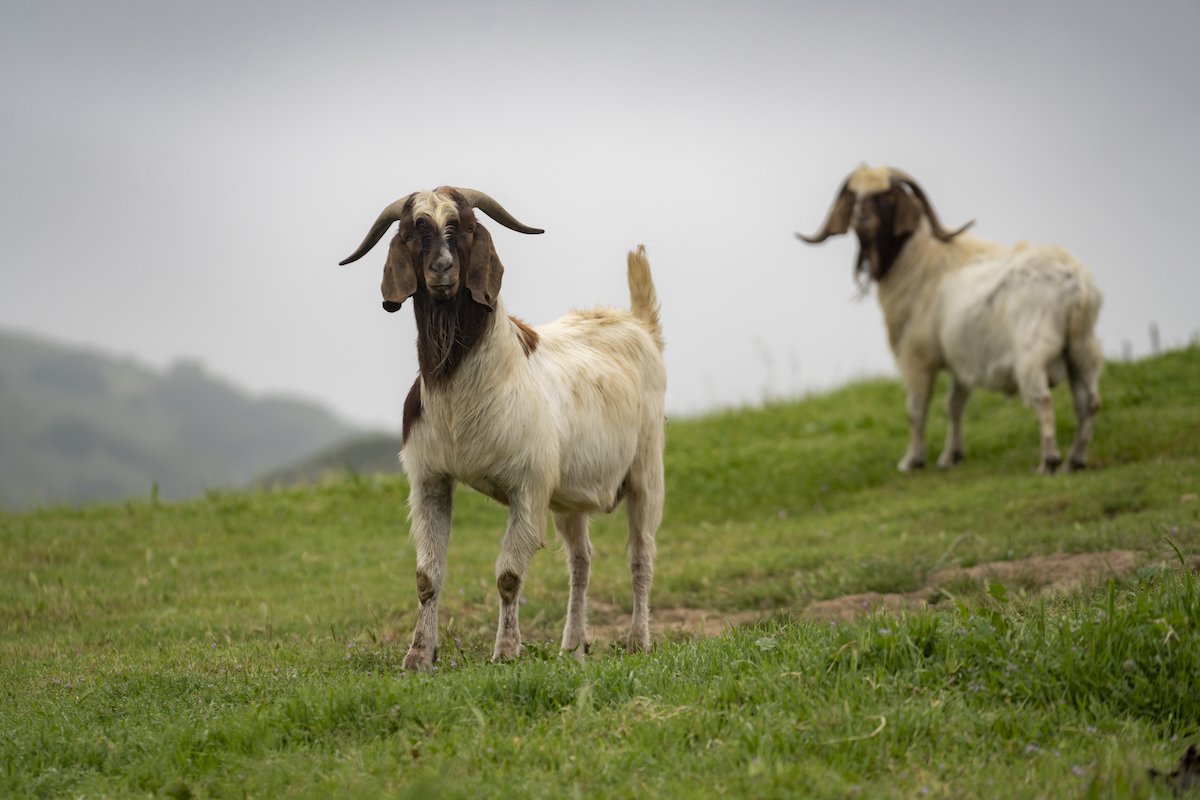
Climate-Smart Agriculture
Farmers, ranchers, and land stewards gather at Orella Ranch along the Gaviota Coast for a regenerative agriculture field day to learn about the benefits of compost application, planting pollinator habitat to increase biodiversity, and reducing climate impacts. Photo by CEC.
Our Vision
Through collaborations with California Central Coast agricultural operations, we are demonstrating that compost application, cover-cropping, and prescribed grazing practices can increase carbon sequestration, water infiltration, and biodiversity. CEC is working to bring these climate-smart practices to scale and create a network of land stewards and agricultural stakeholders so that together, we can adapt to climate change impacts and create stronger, more resilient food systems.
WHAT CEC IS DOING
Climate-Smart Agriculture Funding & Resources
CEC’s Central Coast AgLink connects farmers, ranchers, and land stewards in San Luis Obispo, Santa Barbara, and Ventura Counties to climate-smart agriculture incentives and resources. Learn more and sign up.
Elderberry Project
Focused on the native, Western Blue Elderberry, the project aims to support producers in our region to incorporate this climate-adoptive crop into their operation while building pathways to a developing marketplace. Read more.
Climate-Smart Ag Demonstration Projects
With our partners, CEC is installing and demonstrating climate-smart practices, such as compost application to rangeland, to accelerate the adoption of carbon sequestration methods.
Pollinator Habitat Program
CEC is working in partnership with the Ventura County Resource Conservation District, Cachuma Resource Conservation District, and the Santa Barbara Botanic Garden to support project design and implementation of pollinator habitat on farms and ranches along the Central Coast. Read more.
HOW YOU CAN TAKE ACTION
Access Climate-Smart Agriculture Funding and Resources
CEC’s Central Coast AgLink connects farmers, ranchers, and land stewards in San Luis Obispo, Santa Barbara, and Ventura Counties to climate-smart agriculture incentives and resources. We offer free, personalized support to ensure you don’t miss an opportunity. Discover funding and resources for your land, navigate state and federal grants, and connect with fellow growers at local events and workshops. Learn more and sign up.
Compost at home
Even applying compost to your garden plot helps pull carbon out of the air on a small scale and diverts your food waste from the landfill, keeping methane (one of the most potent greenhouse gases) out of the atmosphere. See these resources for regional composting programs and subsidized worm bins for your home:
Eat Climate-Smart
Explore climate-friendly food options whenever feasible to advocate for regenerative agricultural practices, environmental sustainability, and food justice. Read our Food and Climate Position Statement.
Practice carbon farming in your garden
Mow or trim weeds instead of pulling them out, and compost instead of landfilling yard waste and food waste.
Get Educated
Learn more about carbon farming and how it can reverse climate change by watching this video from Kiss the Ground.
Visit the Climate-Smart Agriculture Resources page to learn more and subscribe to our email list to stay updated on the latest news, events, and opportunities to engage.
Vote
Support policies and political leaders that advocate for sustainable agriculture, land conservation, and composting of organic waste.

OUR IMPACT
Scaling the Adoption of Climate-Smart Agricultural Practices
CEC’s Climate-Smart Agriculture program has leveraged over $5 million in regional, state, and federal funding to directly assist farmers, ranchers, and land stewards in implementing carbon farming solutions. Thanks to pilot projects led by CEC and our partners, we know that California can sequester one-quarter to one-third of its emissions through natural and working lands — which is critical to ensuring the state achieves carbon neutrality by 2045.
Mikey and Gina Giugni walk their Bassi Vineyard property in Avila Beach, where they have implemented climate-smart practices to create pollinator habitat, sequester carbon, and mitigate wildfire risk. Photo by Summer Staeb.
When winemakers and grape farmers Gina and Mikey Giugni were approached by their long-time mentor about purchasing his vineyard property in Avila Beach, they knew it was a once-in-a-lifetime opportunity. The 112-acre parcel of rugged terrain included two wildlife corridors and three 10-acre vineyards that had been farmed organically for decades, providing an ideal foundation for the regenerative, climate-smart approach they had planned. But after spending every dollar they had to make their dream of land ownership come true, they needed help implementing their vision for the property. A regenerative farmer friend connected them with the Community Environmental Council.
We guided the Giugnis to apply for a Pollinator Habitat Program grant from the California Department of Food and Agriculture. With support from our team, Gina and Mikey received $60,000 to create pollinator meadows, install wildlife habitat, and plant hedgerows that support carbon sequestration, improve soil health, and save water.
“We have a responsibility to be good stewards of the land, and appreciate CEC’s invaluable guidance and technical support to help ensure we’re protected from climate impacts,” said Gina. As they look forward, the Giugnis have set their sights on bolstering their land’s wildfire resilience, working with a local shepherd to graze down the wilder, fire-prone areas of the property that back up to See Canyon. “We hope our story inspires other farmers to take action.”
“We have a responsibility to be good stewards of the land, and appreciate CEC’s invaluable guidance and technical support to help ensure we’re protected from climate impacts.”








